How to properly plant a buddley in open ground and take care of it
The beautiful thermophilic buddleya has adapted to our climate. A budley planted in the open ground, planting and caring for which requires a gardener to follow a number of recommendations, will delight with its amazing beauty and undead with a delicate aroma for more than one year.
A little about the plant
In all its glory, buddlea grows in tropical and subtropical regions. The variety of their species is striking: more than 100! These are evergreen or deciduous species, with a lignified stem or herbaceous, from 1.5 to 3 m high.
Large leaves (in some species grow up to 30 cm) have a lanceolate-oval shape. They are arranged in pairs on the stem. Above they are dark green, and below they are white or yellow with a short edge. The fruit is an elongated capsule with many small seeds.
Abundant flowering begins from 3 years in August and lasts for 35-45 days. Small tubular flowers, collected in large spike-shaped or spherical inflorescences. They have a variety of colors. The delicate smell emanating from the flowers attracts a huge number of insects. The plant is peculiar: it can simultaneously contain buds, flowers and fruits.
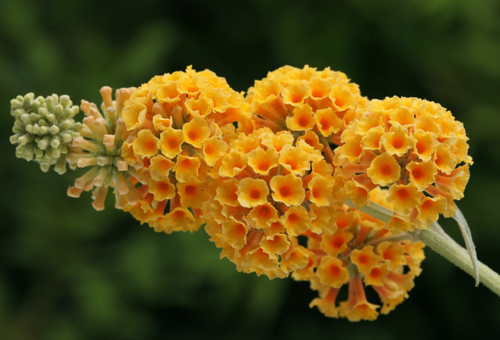
Among the cultivated species of buddlei, there are those that are winter hardy, able to withstand temperatures as low as -20 ºC. The cultivation of such species is possible in Siberia.
Popular types
Of the large species diversity of plants, only some of them can be grown on the territory of our country.
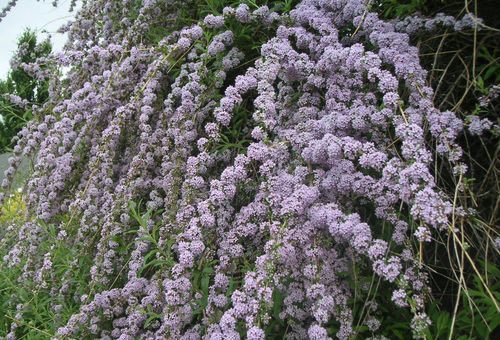
These are what, like:
- Pink;
- Delight;
- David;
- Red Royal;
- Alternate-leaved.
Growing them will require time and effort from gardeners, but they perfectly take root and grow in our climate.
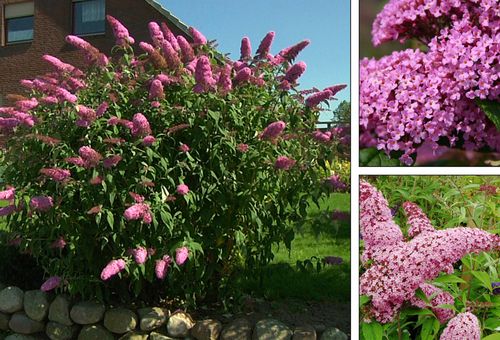
The most popular view is David. It is named after the botanist Adam Buddl, who first described the flower and introduced Europeans to it.
Buddleya David is a deciduous tall shrub that freezes to the roots for the winter, and in the spring it releases young shoots that grow up to 2-3 m. It shakes with its bright spike-shaped long (up to 70 cm) inflorescences. The usual color of her flowers is lilac-violet. The flowering period is from early July to mid September. Narrow, serrated leaves are located opposite each other. The cultivation of buddleya as a culture began at the end of the 19th century.
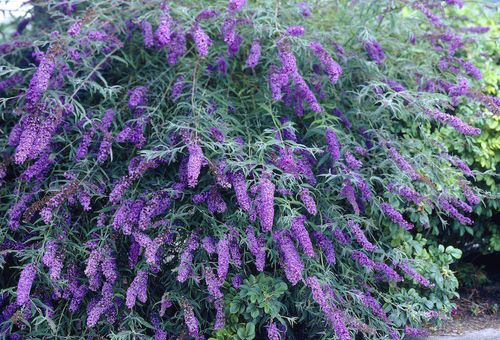
Seed preparation
Reproduction of buddleya occurs by cuttings and seeds. The simplest and fastest method is to grow an adult plant with cuttings.
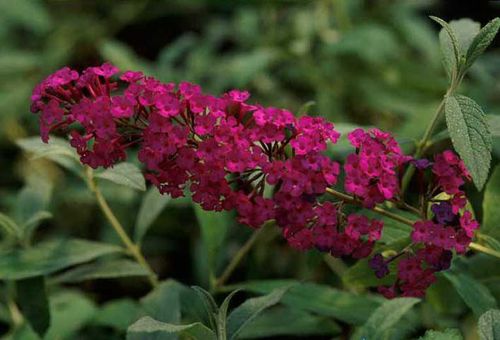
- Cuttings
They will be called sprouts that have at least 3 buds. There are 2 ways to prepare them.
- In the fall, they can be cut only after the plant has finished flowering and if a bark has formed on them. Store cuttings in a cool place (usually in a cellar) at a temperature that does not fall below 0 ºC.
- Young shoots are cut off and buried immediately in a new place.
Advice: given that the rooting (adaptation) of the plant is long (about 2 months), it is not recommended to plant this way at the end of summer.
- Seeds
To accelerate the germination of seeds, they should be sown in moist soil. Then, a “greenhouse” for the planted seeds is created with a container made of plastic or glass. As soon as sprouts begin to sprout from the seeds, the "greenhouse" is removed for ventilation. First, for 1 hour a day, and then gradually increasing this time.When 2-3 leaves grow on the shoots, they are seated (dived) in separate containers, in which they grow stronger and grow until spring.
The usual watering at the root of the seedlings is unacceptable! To water the seedlings, water must be poured into a pan and the leaves are additionally sprayed.
It is important to know: a plant grown from seeds may differ in some ways from its parent. This indicates a partial or complete loss of the properties of this variety.
Landing rules
When choosing a place for planting, it is necessary to take into account the fact that buddleya is a thermophilic plant that does not like drafts. Therefore, its cultivation should take place in an area where there will be sun and no wind at the same time. David feels comfortable with the illuminated side of fences and small buildings.
- What soil is better to plant
The shrub grows on any kind of soil. But it has been noticed that fast growth and violent flowering of buddleia can be obtained if it is planted in "light", moist soil with neutral acidity.
If the proposed planting site has a different soil, then it needs to be slightly changed. This is done simply:
A drainage layer of a fraction of about 10-15 cm is placed in the hole prepared for planting. A small layer of soil is poured onto it from the site mixed with compost and any mineral fertilizer. Instead of these components, the earth can be mixed with wood ash and phosphorus-potassium fertilizer.
- When to plant
Planting buddley in open ground is good when the frost is over and the soil warms up well. Even a slight drop in temperature below 0 ºC. can destroy a young plant.
- How to plant
If a cutting is planted, then it must be buried so that 2 buds are in the ground. After planting, the soil is lightly compacted and watered. Then, the trunk area is sprinkled with mulch.
Advice: given that the shrub does not like an excess of moisture, it does not need to be planted in damp soil. It will be enough to moisten it with the first watering.
The size of the hole for planting is 40:40 cm, with a depth equal to the length of the root system, taking into account fertilization and drainage.
With the simultaneous planting of several seedlings in a row, the distance between them should not be less than 1.5 m. This value is calculated on the condition that the shrub grows quickly and has a spreading crown.
- Transfer
Adult David does not like transplant, it is stressful for her. She “gets sick” for a long time after her and looks depressed. If, nevertheless, such a need arose, then the shrub is transplanted with soil around it. In the new place, it is watered abundantly.
Tip: it is unacceptable for some time after transplanting to loosen the soil next to the root system.
How to care
Caring for buddleya in the open field is not difficult, but it requires gardeners to know several rules: for abundant flowering, constant pruning is necessary, for plant growth and the formation of inflorescences, watering and timely feeding are important.
- Watering
Do not abuse them. David does not tolerate an excess of moisture and waterlogged soil. Enough 1 bucket of water for one shrub. Watering is carried out every 10-14 days. If the days are hot and dry, then a little more often.
- Top dressing
The first feeding is carried out during the growing season. For this, nitrogen fertilization is used. It helps the plant to recover after winter, promotes the growth of new shoots.
The next feeding is carried out during the period when the shrub is gaining color. In the composition of the applied top dressing, potassium and fluorine must be present in the predominant amount. Subsequent feeding is carried out depending on the condition of the plant and soil.
- Pruning
The flowering of David's buddley is long. Dried and faded inflorescences are constantly present on it. They just need to be cut (just do not break!).
If the shrub grows for the first year, it needs to form a crown. For this, brittle and weak shoots are pruned, and all the rest are cut in half.
Pruning is carried out before the onset of cold weather. All branches are cut off as much as possible so that their remaining part above the ground does not exceed 20 cm. Roots in the ground in spring will give new shoots.
- How to prepare for winter
Buddleya David does not like frost, so she needs to be well covered for the winter. Dry shelter is applied. For its manufacture, any frame is used, up to 25 cm high. A fabric that is not able to pass water is pulled over it. Dry foliage is laid inside the shelter. It will create a favorable microclimate inside and will not let the roots rot.
Advice: so that David does not come into contact, it is necessary to provide for the flow of air under the frame.
- Disease and pest control
In rare cases, Buddleya is subject to disease. If the ground underneath is very wet, gray rot may develop. The affected bush is sprayed with fungicides.
The shrub is often chosen by spider mites, whiteflies. They usually settle on it in dry and hot weather. To destroy them, special insecticides are used, and the affected branches and shoots are removed. Spraying is recommended in the evening.
All these recommendations for plant care will allow you to grow it healthy and beautiful.
Using buddley
David is a worthy decoration for any landscape. Designers have been using it for a long time to compose luxurious compositions, fill voids in areas, and update the landscape. Its lonely plantings look spectacular among low plants. Dominating them, Buddleya fully reveals his beauty.
Sprawling shrub looks good as hedge, among flower arrangements. Different types of plants planted together are remarkably combined, differing in size, color, shape of inflorescences.
Always beautiful, luxurious, graceful buddleya will decorate the site and give a lot of pleasant, inexpressible emotions and minutes of quiet relaxation.
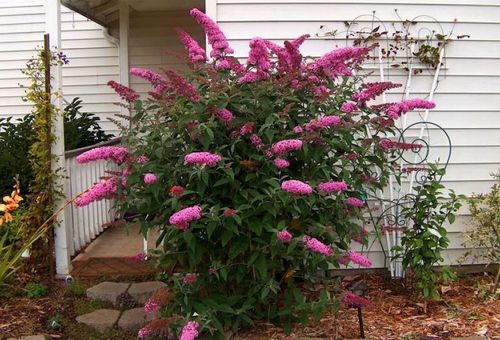
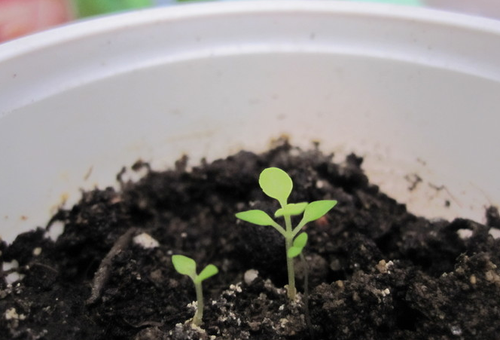
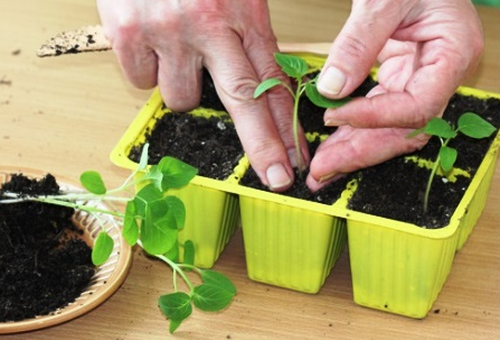
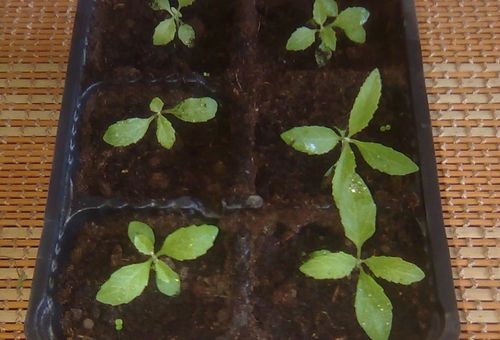
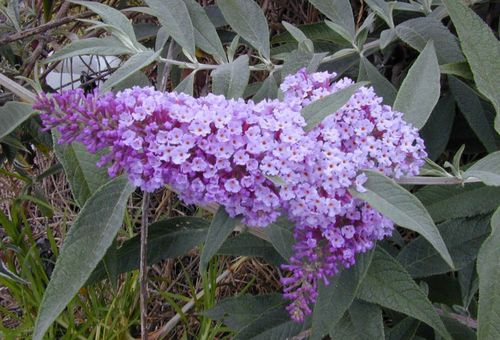
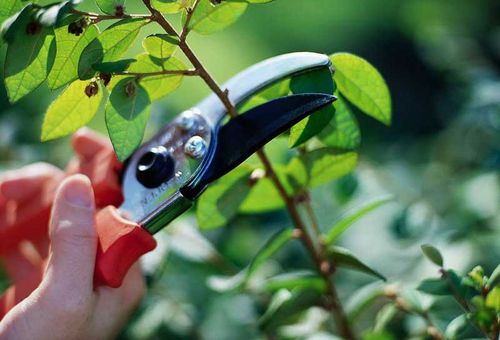
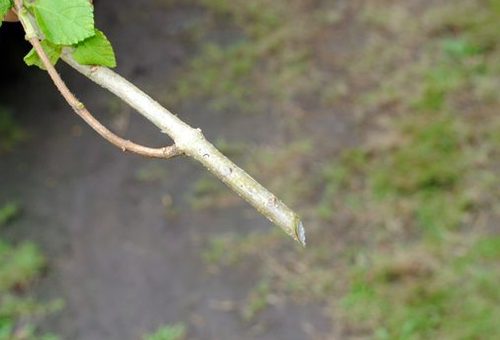

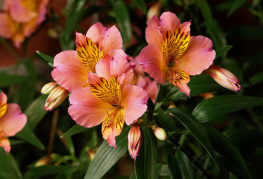
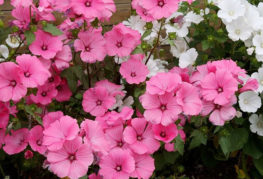
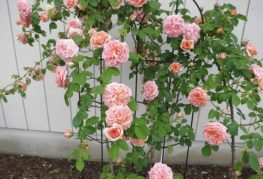
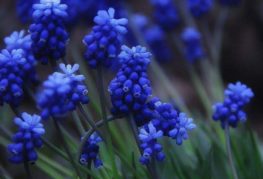
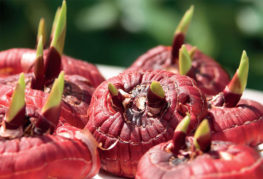
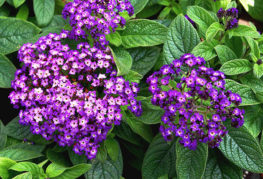
and will be published shortly.